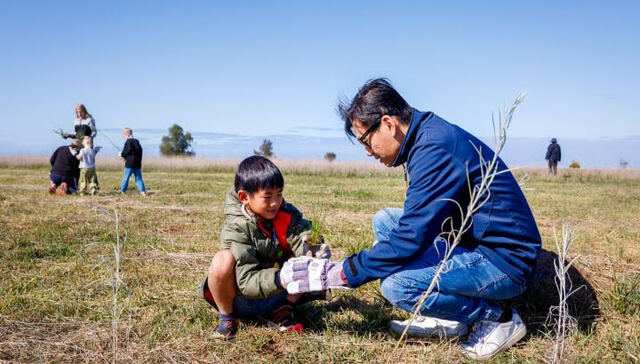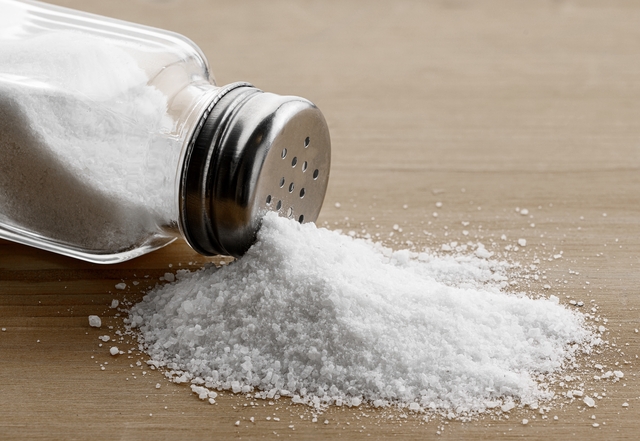More than 300 people attended the Western Treatment Plant open day on Sunday, August 18 to learn about the science behind sewage.
The STEMtastic Community Day at Western Treatment Plant (WTP) was hosted by Melbourne Water as part of National Science Week.
Visitors learned about the science of converting wastewater into clean, recycled water that is used for farming and other non-drinking uses.
Visitors were taken on bus tours of lagoons containing millions of micro-organisms that clean Melbourne’s wastewater and learned how methane is captured and converted to energy to power the plant.
A hands-on native grass planting activity allowed people to contribute to improving the grasslands on-site.
Scientists are essential in keeping Melbourne’s waterways healthy, reducing floods and preparing for the future.
Head of WTP and chemical engineer Kris Coventry said National Science Week gave vital insight into the important work scientists perform.
“Most people don’t realise we operate the largest water treatment plant in Australia, equivalent to the size of Phillip Island, and that more than half of Melbourne’s sewage ends up there every day,” she said.
Despite popular understanding, sewage refers to all wastewater discharged from showers, kitchens, toilets, and commercial premises.
The National Science Week theme of ‘Species Survival – More Than Just Sustainability’ was on full display, showcasing the biodiversity of the wetlands that surround the WTP.
Managed by Melbourne Water, the WTP in Werribee treats over half of Melbourne’s sewage (around 550 million litres of sewage p.a.), serves as a farm and is an internationally recognised bird habitat.







